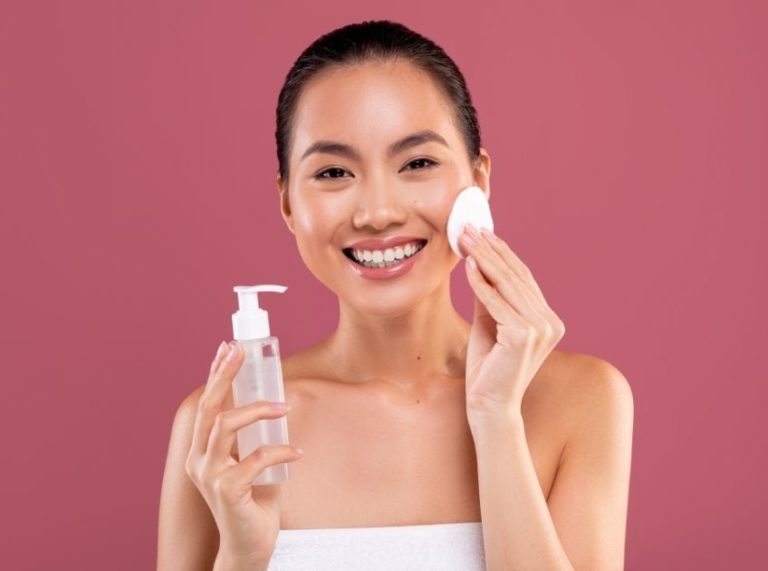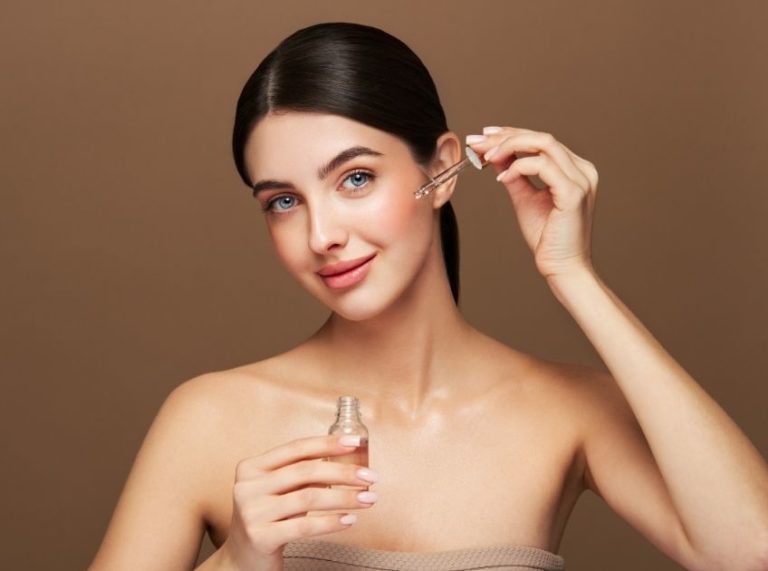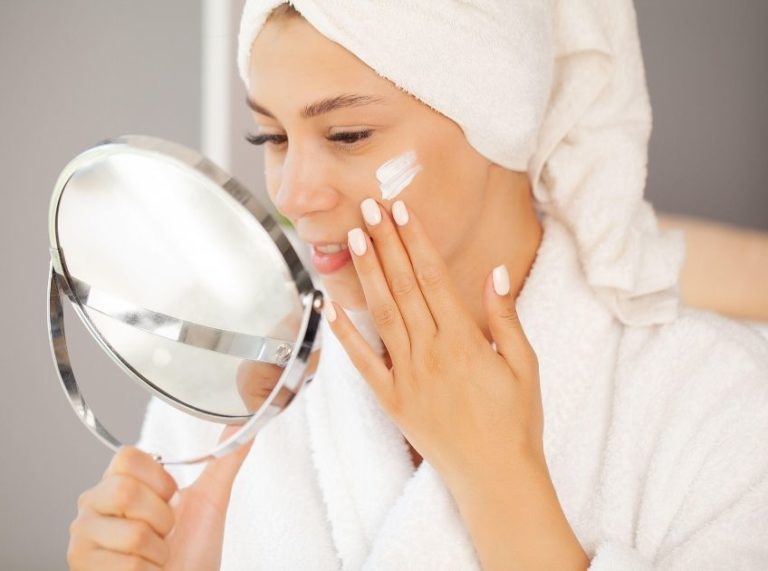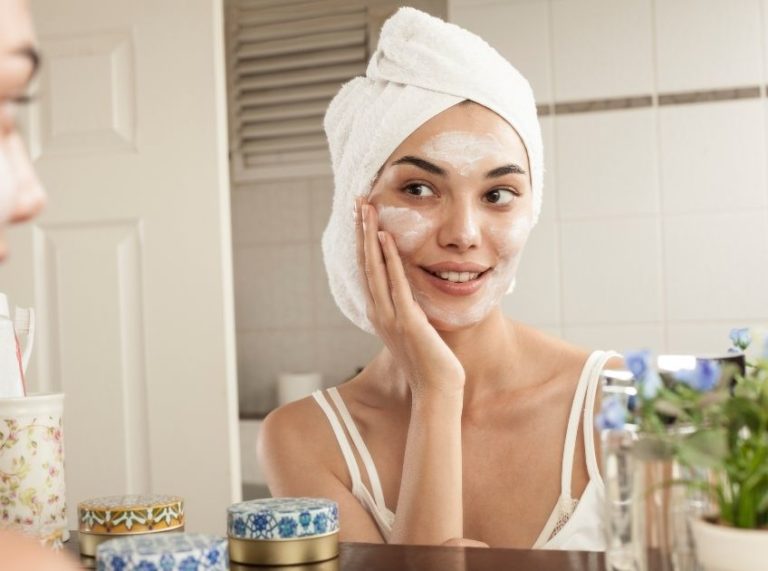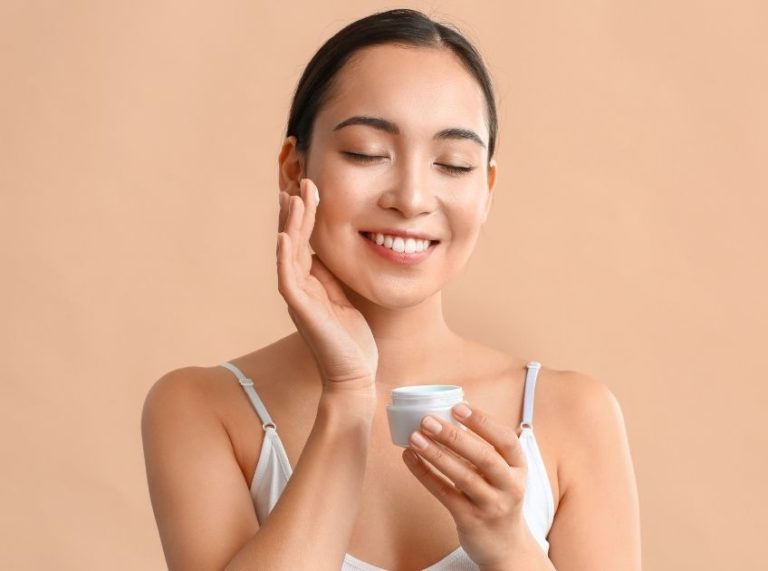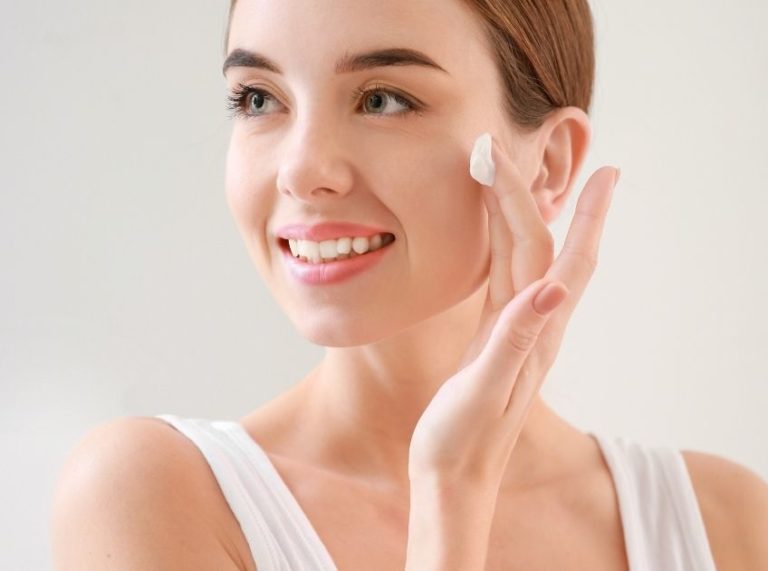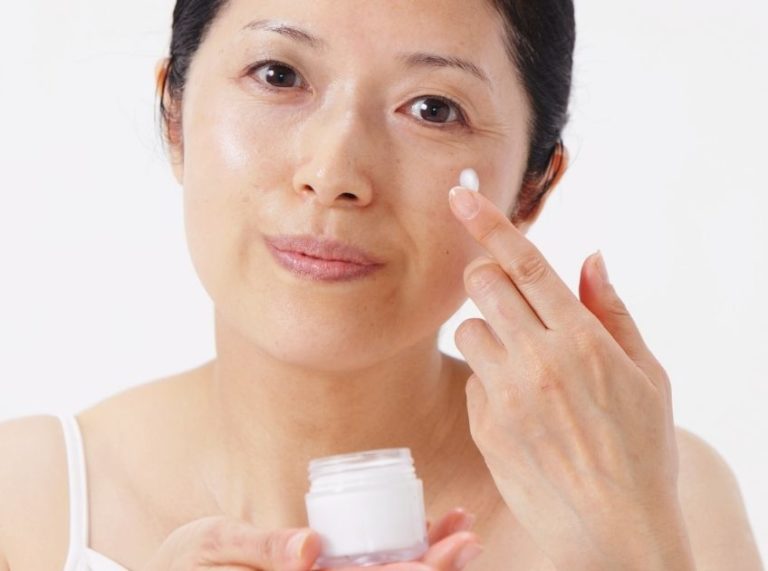
Important: This article is for informational purposes only. Please read our full disclaimer for more details.
Ever wake up the morning after a romantic evening and spot a glaring purple mark on your neck? Panic sets in. You reach for scarves, turtlenecks, or thick concealer—but what if there’s a natural remedy sitting right on your windowsill?
That’s where aloe vera steps in. But does it work for hickeys—or is it just another beauty myth? Let’s dive into what the science (and skincare pros) have to say.
What’s a Hickey? (And Why Do They Look So Dramatic?)
A hickey is a bruise caused by broken capillaries under the skin due to suction or biting. This pooled blood results in that signature red, purple, or blue mark—usually showing up in very visible places.
Visual stages of a hickey:
- Day 1–2: Red or purplish; slightly raised or sore
- Day 3–5: Fades to green or yellow as it heals
- Day 6–10: Turns brown or light yellow before disappearing
The Truth About Hickey Healing Time
On average, a hickey lasts between 5 to 10 days, though healing depends on factors like skin type, circulation, and how quickly your body reabsorbs the leaked blood.
Pro Tip: Staying hydrated and eating vitamin-rich foods (especially Vitamin C and K) can help speed up the healing process naturally.
Healing in Action: What’s Happening Under the Skin?
As the body detects blood trapped under the skin, white blood cells jump into action. They break down hemoglobin (the red pigment), which causes the bruise to change colors and eventually fade.
Improving circulation to the area—gently—is key to speeding this up.
Does Aloe Vera Help a Hickey Fade?
Yes—but it’s not a one-and-done solution. Aloe vera (1) is best known for soothing burns and calming inflamed skin (2). Here’s how it may help with hickeys:
- Reduces inflammation with natural enzymes and antioxidants
- Boosts circulation to help disperse trapped blood
- Soothes tenderness and hydrates dry, irritated skin
- Supports skin repair with vitamins A, C, and E
Pro Tip: Use pure aloe vera gel or extract directly from the plant. Avoid versions with alcohol or added fragrances.
How to Apply Aloe Vera for a Hickey (Step-by-Step Guide)
Aloe vera is a natural remedy rich in anti-inflammatory and healing properties. When applied properly, it can soothe the area and potentially speed up the fading of a hickey. Follow these detailed steps for optimal results:
Step 1: Cleanse the Affected Area
Before applying anything, it’s crucial to start with clean skin.
- Use a mild cleanser or gentle soap and lukewarm water to remove any dirt or oil.
- Pat the skin dry with a clean towel—avoid rubbing, as the area is already sensitive.
Why this matters: Clean skin ensures that aloe vera can absorb properly and reduces the risk of irritation or clogged pores.
Step 2: Choose the Right Aloe Vera Gel
- Use 100% pure aloe vera gel or fresh aloe directly from the plant leaf.
- Avoid gels with added alcohols, artificial fragrances, or colorants that may irritate bruised skin.
Pro Tip: If you’re using a store-bought gel, check the ingredient list—aloe vera should be the first or second ingredient.
Step 3: Apply a Thin, Even Layer
- Squeeze a small amount (pea-sized) of gel onto your fingertip.
- Gently dab it onto the center of the hickey and then spread outward, covering the entire bruised area.
Avoid excessive rubbing or pressure, especially in the first 24–48 hours when the bruise is most tender.
Step 4: Massage to Stimulate Circulation
- Use soft, circular motions with your fingertips to massage the gel into your skin.
- Continue massaging for 1–2 minutes, focusing on being gentle rather than vigorous.
Why this helps: Massage encourages blood flow, which helps your body reabsorb the pooled blood, causing the discoloration.
Step 5: Repeat the Process Regularly
- For best results, reapply 2–3 times a day, preferably in the morning, afternoon, and evening.
- You may leave it on or rinse after 15–20 minutes if it feels sticky.
Pro Tip: Store your aloe gel in the refrigerator—cool aloe can double as a cold compress to calm inflammation.
Other Tricks That May Help Speed Up Healing
While aloe vera is helpful, combining it with other safe remedies can significantly accelerate the healing process. Here’s a breakdown of dermatologist-approved options:
1. Cold Compress – First 24 Hours Only
Apply an ice pack (3) or a wrapped frozen spoon to the hickey for 10–15 minutes every few hours during the first day.
- This helps minimize blood flow to the area and prevents more blood from pooling under the skin.
- Always wrap the cold item in a soft cloth to avoid frostbite.
Use with caution: Only during the first 24 hours. After that, switch to warm compresses.
2. Warm Compress – After 48 Hours
Once the bruise begins to fade and the tenderness subsides, switch to a warm compress (3).
- Use a warm (not hot) towel or heating pad and apply for 10–15 minutes, 2–3 times a day.
- This stimulates circulation and helps your body break down the trapped blood more quickly.
Pro Tip: Add a few drops of lavender essential oil to the warm cloth for extra skin-soothing effects.
3. Vitamin K Cream
Vitamin K helps the body break down blood clots and accelerates the fading of bruises (4).
- Dab a small amount on the hickey 1–2 times a day after cleansing the area.
- Many over-the-counter creams also include arnica or retinol for added healing support.
Look for: Products labeled for “bruise repair” or “post-surgery healing.”
4. Arnica Gel
Arnica montana is a homeopathic herb shown to reduce inflammation and discoloration from bruises.
- Apply a thin layer of arnica gel to the hickey 2–3 times daily.
- It’s best used in tandem with aloe or vitamin K for quicker results.
Note: Always do a patch test to check for skin sensitivity before using herbal products.
5. Gentle Massage (After 24–48 Hours)
After the area is no longer sore, begin gentle massage to disperse pooled blood and increase circulation.
- Use your fingertips and massage in circular motions for 2–3 minutes.
- Pair this step with a warm compress or an aloe application.
Warning: Avoid deep tissue or aggressive rubbing—it can worsen the bruise and delay healing.
Myths About Getting Rid of Hickeys – Busted!
Let’s clear up a few things:
- Does toothpaste cure a hickey instantly? False. It may cool the area, but it won’t fix the bruise.
- You can “suck” a hickey out with a coin or cap? That usually makes it worse.
- Aloe works in hours? Not quite. It helps speed healing, but patience is still required.
Frequently Asked Questions (FAQ’S)
Q1: Can aloe vera completely remove a hickey overnight?
A. No. While it can reduce swelling and speed healing, aloe vera won’t erase a hickey overnight.
Q2: Is aloe vera safe for use on the neck or sensitive skin?
A. Yes, aloe vera is gentle and non-irritating for most skin types. A patch test is recommended if you’re sensitive.
Q3: Can I layer aloe vera with other treatments like arnica or warm compresses?
A. Yes. Alternate treatments throughout the day, and always wait between applications to avoid skin irritation.
The Bottom Line: Can You Count on Aloe Vera?
Aloe vera is a smart, skin-friendly ally in the battle against hickeys. It won’t make a bruise vanish like magic, but it can reduce inflammation, soothe discomfort, and speed up healing time when used consistently.


